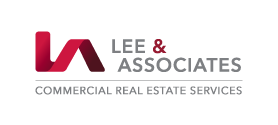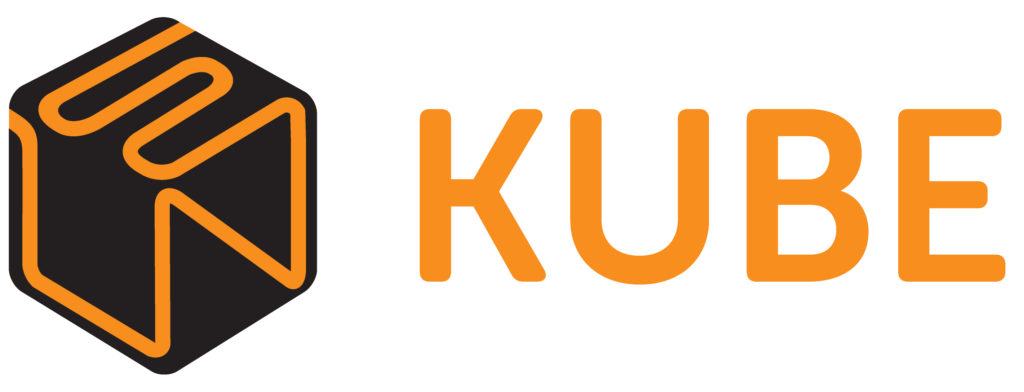Future of Work
A Guide to Hot Desking Etiquette
It’s like the golden rule, only for desks.
I recently rented a vacation home and had to read through the guest policy. Turns out, staying in a stranger’s house for a few nights in Chicago has a lot in common with hot desking etiquette.
Guest rules included no loud parties and cleaning up the house right before we checked out.
At a hot desk, people shouldn’t be screaming into their phones on an intense conference call with others trying to focus quietly around them.
Employees also shouldn’t be leaving a half-eaten pizza or coffee spills on the desktop.
It may sound like common sense, but with this new way of working, etiquette guidelines will be mandatory parts of a hot desking roll out.
Two-thirds of companies plan to incorporate a shared desk workplace strategy by 2020, according to a CBRE survey. In other words, lots of coffee drinkers, knick-knack collectors, and heavy breathers will be sharing desks.
Coming up with a hot desking policy for your company that doesn’t cover hot desking etiquette is like making your house available for vacation rentals without any guidelines. Hosts on Airbnb would have a lot more to worry about than a few incidents of strange guest behavior in people’s homes.
Hot desking etiquette 101
First, let’s cover the basics. Hot desking is the workplace strategy where some or all employees share desks instead of having a permanent one, usually found in an activity-based work environment. This works well for employees who naturally spend less than 60% of their time at a desk throughout the day.
Hot desking, also known as free address, is a way for companies to save on real estate in order to get the most out of their space. Employees with flexible schedules don’t require assigned desks and that’s where hot desking fits in, because if most people aren’t at their desk all day, then you don’t need to have empty desks taking up space.
Now, let’s dive into some hot desking etiquette that you should roll out to your org. (And if you’re looking to send this out to your company afterward, we’ve got you covered)
“Reserve your desk properly”
You should have a process in place for employees to reserve desks. In more lean organizations, it may be a sign or dry-erase board on a desk that says if it’s reserved and to whom. In companies with a larger budget who want to make hot desking as easy as possible, you’ll see desk reservation software.
Whichever method you have in place to find and reserve a desk, employees should know how and be empowered to use it. Using software incorrectly, or worse, not using it at all, will only result in an ugly episode of Storage Wars with people fighting for space that isn’t theirs. Everyone should go through an onboarding process to learn how to properly use it, which should also be outlined in your company’s hot desking policy.
“Avoid reserving (or squatting) at desks that are off-limits”
You likely have desks in your company that are off-limits for hot desking entirely or at least only available to specific teams. Train people on which desks are set aside for hot desking or have them check via your desk reservation software.
Some platforms will come with a map feature, for example, where anyone can see which desks are open and reservable just by looking at a floor plan.
“Use company storage to check your jackets, gym bags, and more”
If your office is moving to a hot desking environment, employees need areas for storage since they won’t be able to stash stuff at a permanent desk. Maybe that comes in the form of lockers, cabinets, or branded rolly backpacks.
Either way, avoid clutter around the office by providing storage space for employees encouraging employees to actually using that space every day.
“Have awareness for the colleagues around you”
Going back to The Golden Rule: treat others as you want to be treated. The old adage taught in kindergarten after Suzy pushed Joey on the playground still applies today in the office, sans the playground. Unless your office is the type with a slide.
Encourage employees to respect those around them. Whether it’s a team or a group of people someone’s never sat near before, it’s important to get an idea for how they work. If people are surrounded by others who prefer a quiet environment, they respect that by taking phone calls in alternative spaces and keeping music at a decent volume.
Oh, and everyone should remember to cover their mouth when they sneeze.
“Leave your desk a little better than when you found it”
Everyone should leave their desk the same as when they arrived, assuming it was clean to begin with. This means cleaning off any personal items, throwing away any garbage, and wiping everything down with a sanitary wipe, including the mouse and keyboard.
Desks have been found to have more germs than toilet seats, and flu and cold travel fast in the office. Cleaning should be a big priority for hot deskers.
If anyone moves wires or dongles around, encourage them to return everything to the original spots making setup easy for the next person who reserves that hot desk.

A potential road bump for any software or office change is lack of cooperation. If your colleagues neglect to formally book a desk or clean their space at the end of the day, hot desking won’t succeed. People will get fed up and neglect the practice altogether.
And then your office will be another example of the all-too-familiar “Hot desking sucks” headline in Google search results. Your company should inspire people to want to hot desk with a thoughtful change management plan and a proactive IT team for when things don’t work perfectly.
We spend a lot of time at work, 1/3 of our lives to be exact. So why not treat the office the same way we treat our homes — permanent or rented.
Related
Author: Danielle Aihini
Originally Published on November 6, 2018 at 05:07AM
Article published originally via Robin at Work https://robinpowered.com/blog/guide-to-hot-desking-etiquette/














